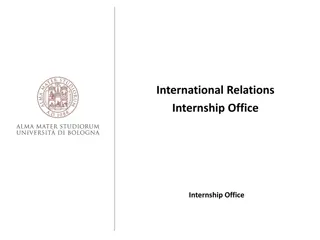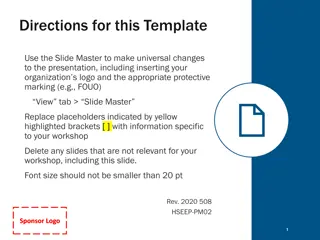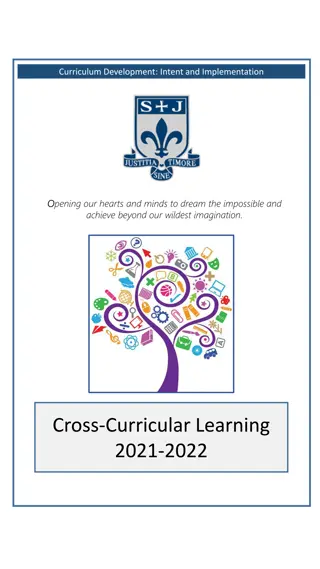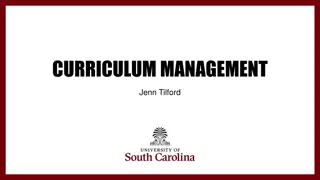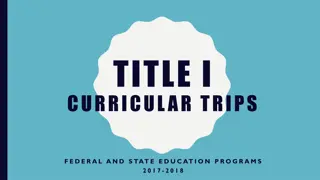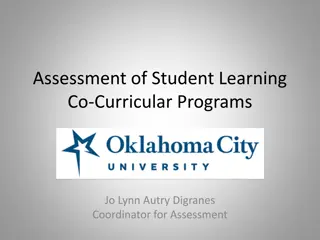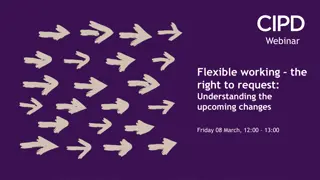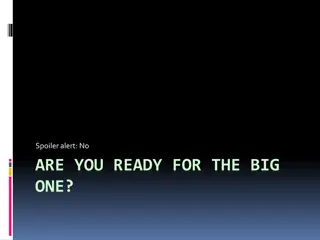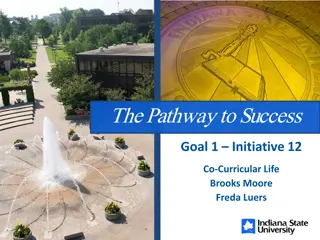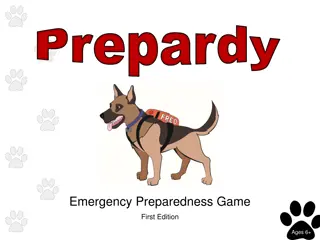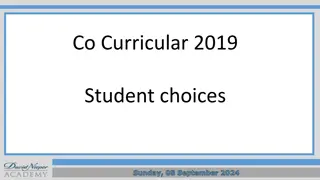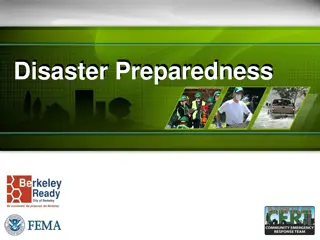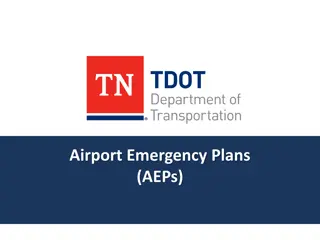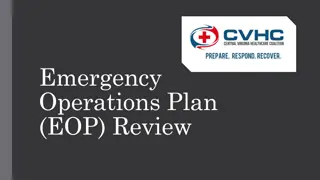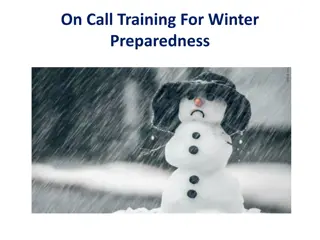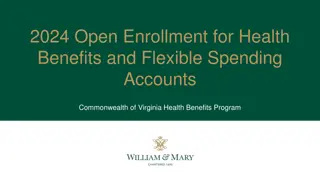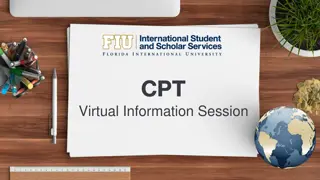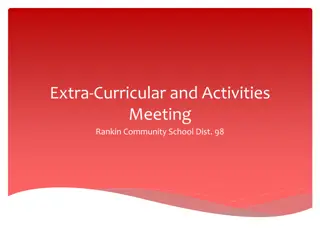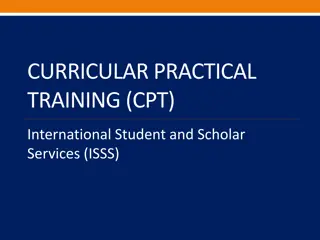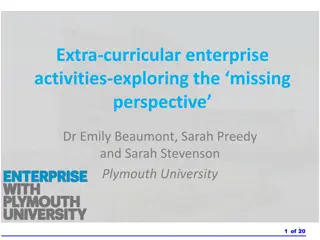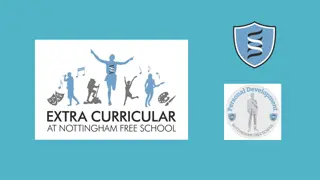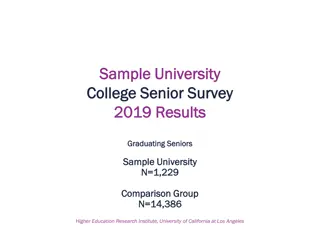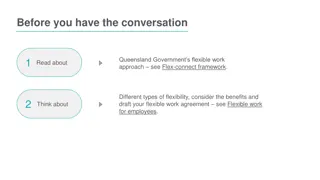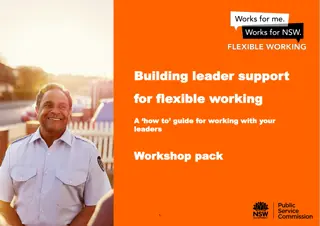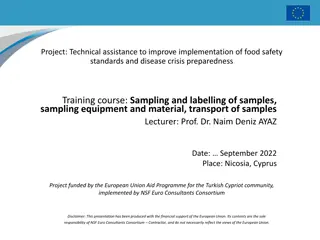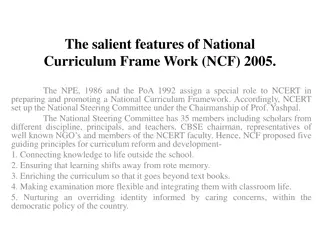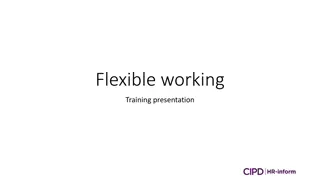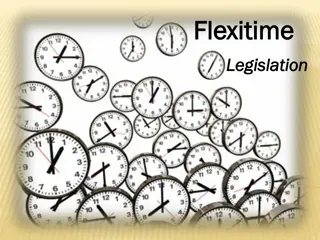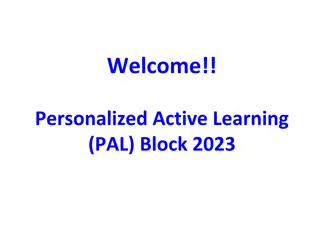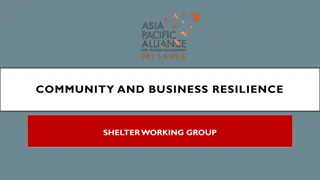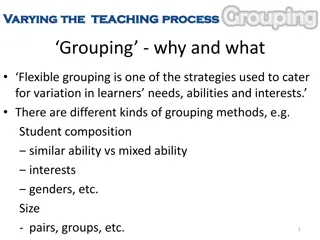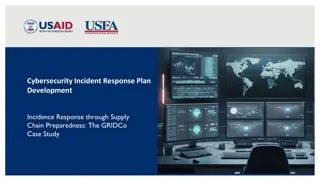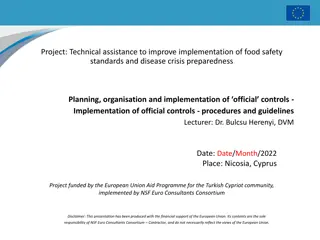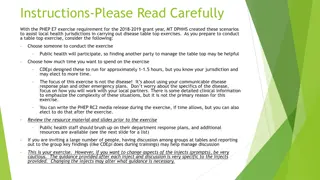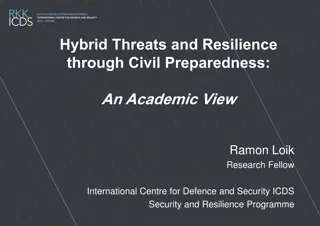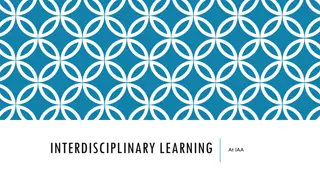Enhancing Flexible Learning Preparedness through Curricular Resources
Explore the key elements of flexible learning preparedness, including digital curricular resources, instructional strategies, and essential considerations for teachers in planning for diverse learning environments. Discover templates and key questions to guide the selection and implementation of resources to enable seamless transitions between in-person and remote learning settings, ensuring student engagement, privacy, and academic success.
- Flexible Learning
- Curricular Resources
- Instructional Strategies
- Digital Platforms
- Student Engagement
Download Presentation

Please find below an Image/Link to download the presentation.
The content on the website is provided AS IS for your information and personal use only. It may not be sold, licensed, or shared on other websites without obtaining consent from the author. Download presentation by click this link. If you encounter any issues during the download, it is possible that the publisher has removed the file from their server.
E N D
Presentation Transcript
Flexible Learning Preparedness Instruction, Curricular Resources, Platforms, and Data
Template to select digital curricular resources to enable flexibility across learning environments Template instructions: Complete the following template for each potential curricular resource for the district. For each potential resource, indicate high, medium, or low across the guiding principles on the left. A curricular resources that strongly enables flexibility across learning environments will be high across most of the guiding principles. Curricular resource #3 Curricular resource #4 Curricular resource #1 Curricular resource #2 Is it easy to use for teachers, families, and students? Does it enable teachers to assess both in-person and remotely each individual student and understand their unique strengths and learning blocks? Does it provide students with the ability to learn at their own time and pace? Does it providespecific guidance and training about when and how to use the resource both in person and in a distance setting? Is it free or affordable for families, teachers, and the school district? Is it engaging and motivating for students? Is it downloadable or available for offline use? Is it compatible on all types of devices (e.g., mobile, tablet, desktop)? Does it protect the data and privacy of students? Does it target students zone of proximal development? Does it enable students to fill in gaps and accelerate preparedness? Is it evidence-based? It is authentically standards-aligned? Does it have breadth and depth across subjects and grades? 2
Key questions for teachers to consider when planning for flexible learning 1. 1 How will high-quality instruction be delivered for each step of the lesson plan? a) What is the bestformat to deliver each part of a typical lesson plan? Whole class facilitation? One-to-one teacher- student interaction? Interactive peer-to-peer collaboration? Independent study? Note: See next slide for a framework to make this decision. b) If you have periods or portions of in-person learning, what portions of theclass syllabus should be prioritized during those times? c) How will you switch between in-person and remotedelivery for a lesson if needed? d) What digitaleducational resources will allow for a seamless transition between in-person and remote learning? 2. 2 How will available data be used to allow for a seamless transition and maximize learning between in-person and remote learning environments? 3. 3 How will the overarching learning plan for the year change based on the students learning environment (e.g., remote, hybrid, in-person)? 4. 4 How will grading and assessment be set up in a way that allows all students to succeed regardless of learning environment? 5. 5 What strategies should be used to address the specific needs of populations in the class (e.g., students who are ahead, students who are on track, students who are behind, students with specialized learning needs, English language learners)? 3
Template for teachers structure their lesson plans to maximize learning in hybrid environments Template instructions: For each lesson plan, map out the degree to which the following learning approaches should be used (high, medium, low) across each step of the learning journey to help you think through how best to teach a given topic within remote or hybrid environments. High Medium Low To what degree does this step need group facilitation? To what degree does this step need 1-1 teacher to student interaction? To what degree does this step need interactive peer to peer collaboration? To what degree can this step be conducted through educational software? To what degree does this step need to be taught synchronously (live virtually or in person)? To what degree should this step be prioritized to be taught in- person (if possible)? To what degree does this step require live/immediate feedback? Introducing new content Guided practice Independent practice Providing assessments 4 Source: Expert interviews


